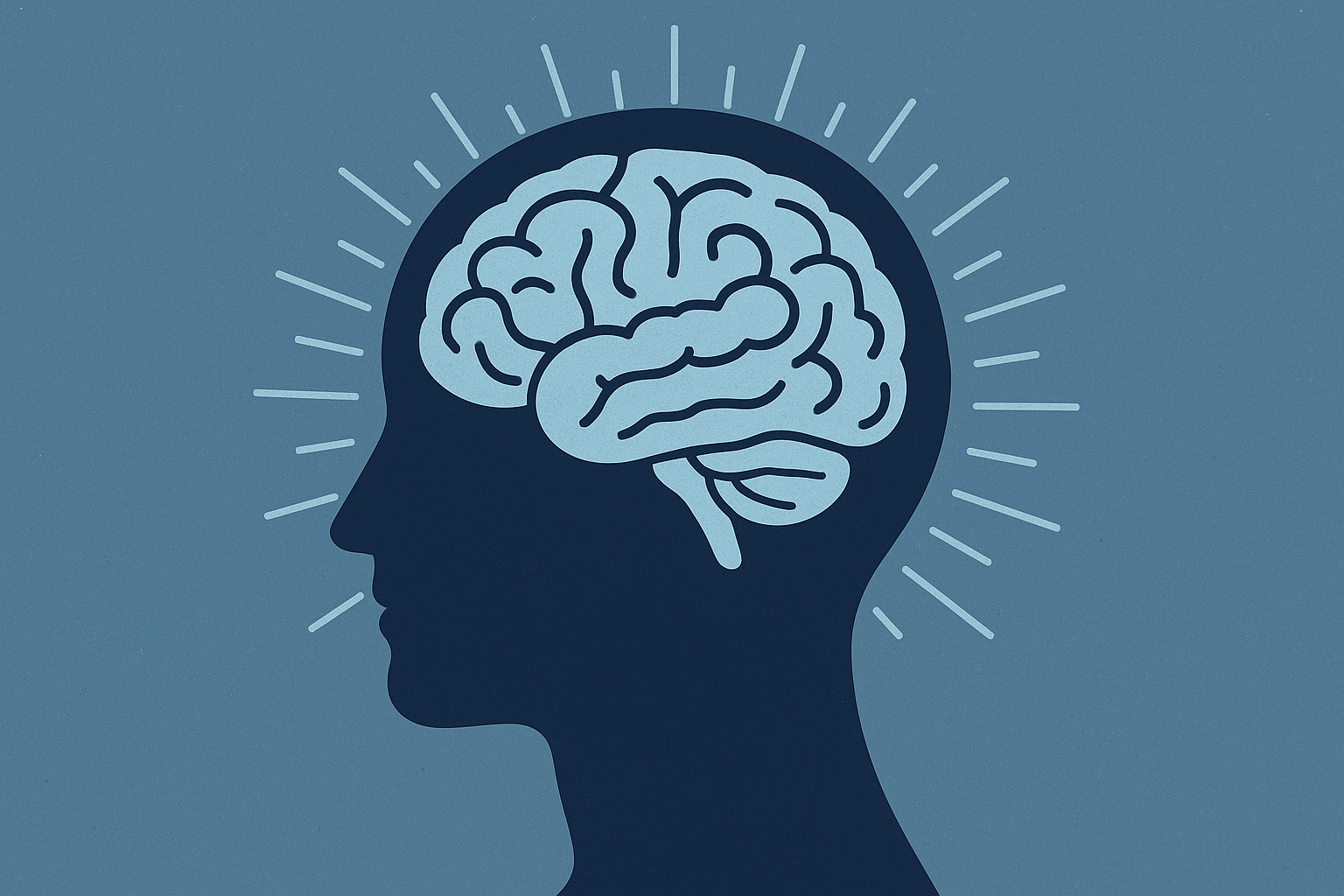Behind every vaccine is a career that saved millions of lives

You might be a recent graduate from high school or college who became interested in science because of the COVID pandemic or recent measles outbreaks. Or maybe you’re already working in a science-related field and have started thinking more seriously about becoming a virologist or vaccine researcher. If you’re curious about viruses, developing new vaccines, or helping improve public health, this article can help you figure out whether this path is right for you or if another related field might be a better fit.
As the name suggests, a virologist studies viruses. Their work covers a wide range of topics, including how viruses are structured and classified, how they replicate, how they interact with host cells, and how they evolve and spread. Virologists also study how viruses cause disease, monitor outbreaks, and contribute to the development of antiviral drugs and vaccines. In some cases, they use viruses as tools in gene therapy or other areas of scientific research. Virologists work in many different sectors, including public health, medicine, agriculture, biotechnology, and both basic and applied research. They may be employed by universities, research institutes, pharmaceutical companies, or clinical laboratories.
History of Virology
Virology has come a long way from its roots in early medicine and bacteriology. It’s a fascinating field that studies how viruses are built, how they multiply and spread, and how they interact with their hosts (Zuo et al., 2024). The history of virology can be divided into four main periods, each marked by key scientific breakthroughs and new technologies: the microbiology phase (1898 to 1934), the biochemistry period (1935 to 1954), the genetics era (1955 to 1984), and the molecular biology phase (starting in 1985 and continuing today) (Zuo et al., 2024).
Microbiology Period (1898–1934)
This was the start of modern virology. Pioneers like Edward Jenner, Louis Pasteur, and Robert Koch set the stage (Zuo et al., 2024). Jenner’s smallpox vaccine using vaccinia virus, Pasteur’s rabies vaccine, and Koch’s methods for identifying disease-causing agents helped shape early virus research. Ultrafiltration techniques made it possible to isolate viruses, which were too tiny to see with regular microscopes. This led to the discovery of viruses in plants, animals, and humans, like the tobacco mosaic virus and foot-and-mouth disease virus (Zuo et al., 2024). Scientists such as Dmitry Ivanovsky and Martinus Beijerinck helped change the focus from bacteria to viruses. We also saw the discovery of bacteriophages, early links between viruses and cancer, and tissue culture methods that allowed viruses to be studied outside living hosts. These advances laid the groundwork for vaccines and future molecular research (Zuo et al., 2024).
Biochemical Period (1935–1954)
This phase focused more on the molecular details of viruses. Wendell Stanley’s work in 1935 crystallizing the tobacco mosaic virus was a major milestone (Zuo et al., 2024). Electron microscopy allowed us to see virus structures clearly for the first time. Researchers discovered that viruses are made up of protein and RNA, which helped us understand how viruses replicate and infect cells (Zuo et al., 2024). Important work on bacteriophages, bacterial genetics, lysogeny, and the Hershey-Chase experiment proving DNA carries genetic information pushed the field forward. Vaccines like Jonas Salk’s polio vaccine had a huge impact on public health. Together, these breakthroughs moved virology closer to the molecular age (Zuo et al., 2024).
Genetics Period (1955–1984)
This period uncovered how viruses store and use genetic information. It was shown that RNA carries infectivity in some viruses, and the discovery of interferons added a new dimension to our understanding of the body’s defenses (Zuo et al., 2024). Research connecting viruses to cancer began here as well. The discovery of reverse transcriptase was a game changer, showing how some RNA viruses replicate via DNA. Recombinant DNA technology, genome mapping, and DNA sequencing revolutionized how we study viruses (Zuo et al., 2024). RNA splicing changed how we think about genes. Structural studies helped vaccine and drug development. Prion research expanded the idea of infectious agents beyond DNA and RNA. Discoveries of HIV and HPV’s role in cancer highlighted virology’s importance in global health. This era set the stage for modern molecular biology and medical applications (Zuo et al., 2024).
Molecular Biology Period (1985–present)
Starting in 1985, virology embraced molecular biology and genetic engineering like never before. Phage display technology transformed vaccine and antibody research (Zuo et al., 2024). The genetically engineered hepatitis B vaccine showed what was possible with genetic engineering. We learned that RNA viruses mutate quickly, making treatment tricky. Gene therapy and antiretroviral drugs revolutionized HIV treatment. Reverse genetics and synthetic biology opened new doors for virus study and outbreak response (Zuo et al., 2024). Drugs like sofosbuvir dramatically improved hepatitis C treatment. CRISPR technology emerged as a powerful way to edit viral genomes. Engineered antibodies like ZMapp showed promise against viruses like Ebola. Advances in microscopy and new tissue culture methods helped us study viruses more deeply. The rapid development of COVID-19 mRNA vaccines highlighted how far we’ve come. Today’s virology combines genetics, molecular biology, and public health, offering exciting career paths for anyone interested in tackling infectious diseases (Zuo et al., 2024).
Virologists have long played a critical role in the fight against infectious diseases, and their work remains essential in addressing today’s global health challenges, including HIV, Ebola, and COVID-19 (Zuo et al., 2024). The development of mRNA vaccines is one of the most powerful examples of how far the field has come. In 2023, Katalin Karikó and Drew Weissman were awarded the Nobel Prize in Physiology or Medicine for their groundbreaking research that led to highly effective mRNA vaccines against COVID-19 (Zuo et al., 2024). Their discovery of nucleoside base modifications was a major scientific breakthrough and a turning point in virology, with lasting impact on vaccine development and global health (Zuo et al., 2024). This moment, along with many others in the history of virology, highlights how the field continues to shape medical innovation, deepen our understanding of viruses, and strengthen our ability to respond to future outbreaks.
Careers in Virology and Related Fields
Becoming a successful virologist requires a combination of technical skills, scientific curiosity, and strong communication abilities. Key skills include analytical thinking, laboratory proficiency, attention to detail, problem-solving, adaptability, and the ability to work well both independently and as part of a team.
Most virologists begin their journey by earning a bachelor’s and master’s degree in a relevant field such as molecular biology, microbiology, virology, biochemistry, or medical laboratory science. Gaining hands-on experience through internships or research opportunities in virology or related laboratories is essential to build practical skills and a competitive profile. Completing a research project and publishing findings can open doors to entry-level roles such as research technician or technologist positions in academic or industry. In clinical laboratory settings, certifications like the Medical Laboratory Scientist, MLS(ASCP) or Medical Laboratory Technician, MLT(ASCP) or other ASCP-board certifications are often required and demonstrate professional competence.
Beyond clinical laboratories, virologists find opportunities in academic research, biotechnology, and pharmaceutical industries. Advanced roles such as principal investigator, professor, lab director, or program director typically require doctoral degrees (PhD, MD, or OD) and a strong record of scientific publications and presentations. For medical doctors specializing in infectious diseases, careers in virology combine clinical practice with cutting-edge research on viral infections, contributing to patient care and public health.
Publishing in Virology
Publishing research is a key part of a virologist’s career. Sharing your findings allows you to contribute to scientific knowledge and helps others build on your work. Early-career scientists often start by publishing in peer-reviewed journals related to virology, microbiology, or infectious diseases.
Where to publish? Journals such as Journal of Virology, Virology, Emerging Infectious Diseases, Virus Research, and PLOS Pathogens are well-respected venues. Open-access journals can increase visibility, while specialized journals may suit niche research topics.
How to publish? Begin by preparing a clear manuscript that includes your research question, methods, results, and interpretation. Follow the journal’s submission guidelines carefully. Peer review may require revisions before acceptance. Collaborating with mentors and attending scientific conferences can provide valuable feedback.
Publishing is a continuous learning process that builds your reputation and advances the field. Many virologists also share findings through preprint servers, posters, and talks to reach wider audiences and accelerate discovery.
Current Demand and Related Careers in Virology
Currently, in the United States, demand for virologists faces some uncertainty. This is partly due to shifting public support and the current administration’s stance on vaccine safety and development. However, globally, the outlook remains strong. Many countries are increasing science funding and prioritizing research on infectious diseases. With ongoing emphasis on global health, pandemic preparedness, vaccine innovation, and rapid responses to emerging viral threats, virologists will continue to play a vital role in society for years to come.
Related Careers in Virology
Virology intersects numerous scientific disciplines, each offering valuable and promising career paths. Immunologists, for example, investigate how the immune system responds to viral infections, which is critical for developing vaccines, antiviral drugs, and immunotherapies that strengthen the body’s defenses. Their work helps unravel viral strategies for evading immunity.
Epidemiologists study how viral diseases spread through populations, analyzing outbreak patterns, transmission dynamics, and risk factors. Their insights guide public health policies and containment measures essential for managing epidemics and pandemics.
Infectious disease specialists are medical doctors who diagnose and treat patients with viral infections. They connect clinical care with virology research, applying scientific advances to patient management, outbreak response, and disease prevention. Their expertise covers a broad spectrum of viral illnesses including HIV/AIDS, influenza, hepatitis, and emerging infections.
Other important fields linked to virology include bioinformatics, which uses computational tools to analyze viral genomes and epidemiological data; public health, which focuses on community and global disease prevention; and pharmaceutical sciences, which develop antiviral medications and vaccines. Together, these fields form a multidisciplinary network essential for advancing virology research, improving health outcomes, and responding effectively to viral threats.
For those considering a career in virology, understanding how these disciplines intersect and collaborate opens many opportunities across research, healthcare, public health, and industry.
Virology remains one of the most critical and dynamic areas of science today. Although the United States is currently experiencing challenges in public support for science, the role of virologists in protecting global health has never been more important. From managing pandemics to developing vaccines and deepening our understanding of viral biology at the molecular level, this field continues to shape medicine and public health worldwide.
A career in virology offers more than scientific discovery; it provides a chance to make a real difference in the health and safety of communities around the globe. Virologists contribute to research, diagnostics, public health, and even environmental science. The skills developed: critical thinking, data analysis, laboratory techniques, and collaboration are highly valued across scientific and medical sectors.
For students and early-career professionals, virology offers intellectual challenges with immediate real-world impact. It is a field driven by discovery, purpose, and the belief that science can solve urgent global problems. Looking ahead to future health threats and emerging infectious diseases, the demand for trained virologists will only increase.
Encouraging the next generation to pursue virology careers is essential. Investing in science education, supporting young researchers, and promoting public trust in science will help us prepare for the challenges ahead. A future strengthened by virology research means better protection of lives, advances in medicine, and effective responses to global health crises.
For those choosing their path, virology offers a career that is not only scientifically fulfilling but also socially meaningful. It is an opportunity to be part of something bigger to ask bold questions, find critical answers, and help build a healthier, better-informed world.
Reference:
Zuo K, Gao W, Wu Z, Zhang L, Wang J, Yuan X, Li C, Xiang Q, Lu L, Liu H. Evolution of Virology: Science History through Milestones and Technological Advancements. Viruses. 2024 Feb 28;16(3):374. doi: 10.3390/v16030374. PMID: 38543740; PMCID: PMC10975421.







